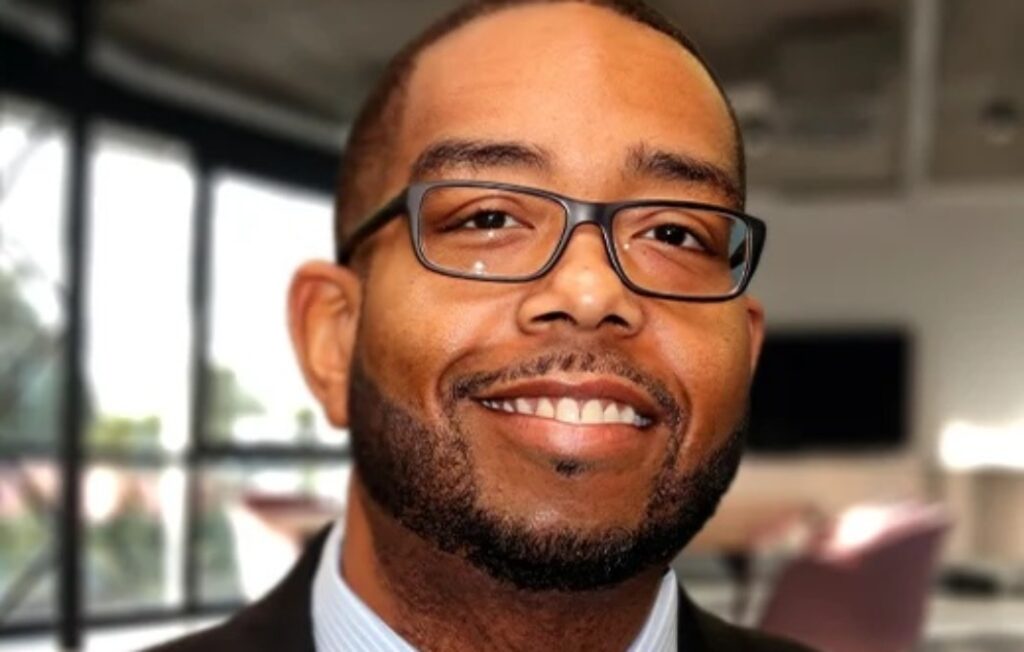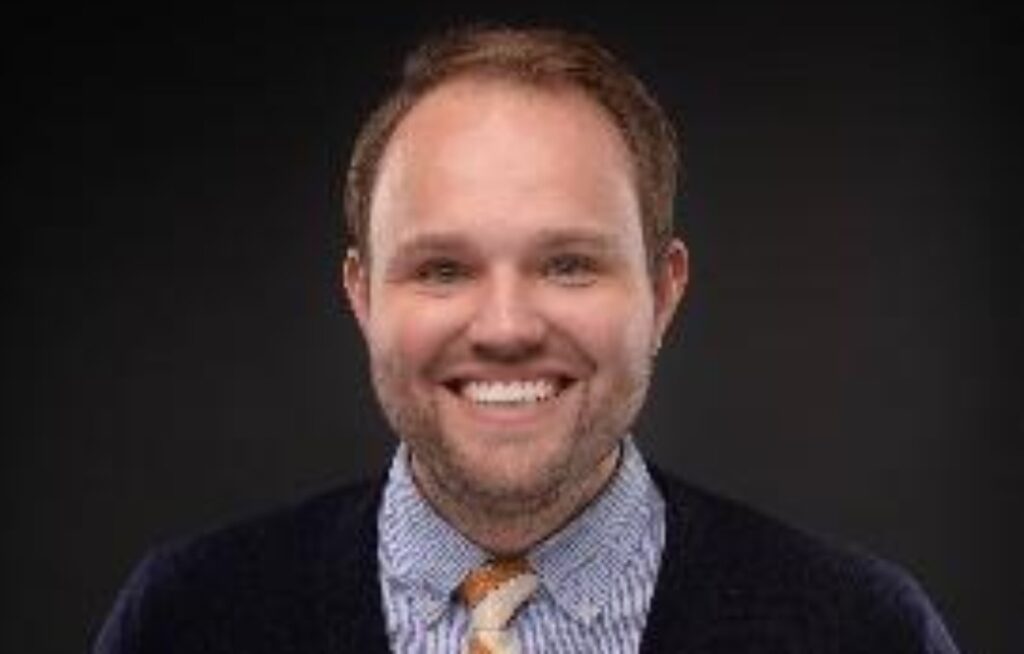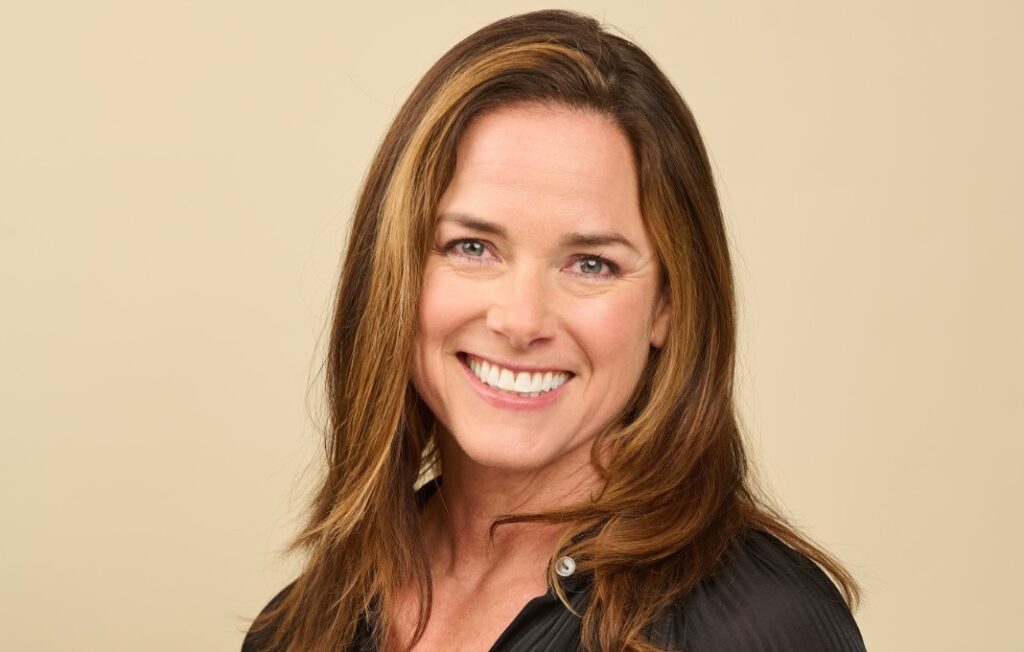When my client Brian Gaffney stepped into the role of CEO of Allianz Global Distributors, a financial services company with over $90 billion in assets, the company was losing $30 million a year.
“My team is made up of incredibly talented people,” Brian told me a short while after assuming the role. “But most of them have issues that are getting in the way of their effectiveness. One is rubbing people the wrong way by clumsy communications. Another isn’t being clear with direct reports and isn’t managing people effectively. A third needs to be more proactive; he isn’t having hard conversations that need to happen. A fourth is brilliant but sloppy, and several people are commenting on the risk to his credibility.”
So we went to work. And under Brian’s leadership, a declining company made a complete turnaround. In the period that we worked together he turned that $30 million loss into an annual profit of $140 million.
Here’s what’s really important about this story: Brian’s turnaround at Allianz happened with the same leadership team that had been losing $30 million a year. In other words, the same people who were struggling with all those issues—the people who were leading the company to a damaging, unsustainable loss—changed.
And it was Brian who helped them change.
Your Most Important Job
The ability to align and bring out the best in the people around you is your most important job. It’s required for turnarounds like Allianz’s, but it’s also crucial if you just want to keep your organization moving in the right direction. You’re tasked with producing particular outcomes, and you can’t do it alone. Your job as leader is not to play all the instruments, but to be the conductor. Changing others is how you scale your vision.
Think of it as compound leverage. Through what you say and do, you can guide and support your people to overcome the dysfunctional habits that are getting in the way of success. You can turn groups of squabbling coworkers into cohesive teams. You can create a culture of growth, inclusion and honesty.
But how? Another client, who we’ll call Lailla, complained to me that she had at least 20 people she needed to help, in some way, every week, and she was, as she put it, “hit or miss. Half my interactions improved the outcomes and half were wasted.”
What Brian at Allianz accomplished was not a lucky streak. It wasn’t magic. Nor was it the product of Brian’s charisma or powers of persuasion. It was straightforward, methodical and replicable. It was, in other words, a process.
Lailla adopted the process, and it increased her hit rate dramatically. Lailla, in fact, was the initial inspiration for my new book, You CAN Change Other People, which shares the process, which my coauthor, Howie Jacobson, and I call “The Four Steps.”
The Four Steps
Think for a second about someone in your life—someone you’re close to—whom you wish would change. It could be a professional relationship or a personal one.
My guess is that you’re feeling frustrated or angry if it’s a work relationship, and frustrated and angry and probably sad if it’s a family member or close friend.
You have a choice: you can say something, an option that has a high chance of hurting the relationship and not working. Or you can bite your tongue and keep silent, which will maintain your frustration and almost certainly hurt the relationship.
The Four Steps represents a third way; an approach you can use to change that person while actually strengthening the relationship. Let’s explore each step briefly here.
Step #1: Shift from Critic to Ally
Mostly, when we nudge people to change, we get perceived as a critic. Here’s the thing: People don’t resist change, they resist being changed. So the first step is to approach them—and be seen by them—as an ally, not a critic.
You become an ally by leading with empathy, expressing confidence in their ability to deal with the issue (which you have by definition, because otherwise you wouldn’t waste your time talking to them about it), and asking for their permission to engage in the conversation.
Step #2: Identify an Energizing Outcome
Whatever their issue or problem, they’ve probably been struggling with it for a while. One of the things that keeps people stuck inside their problems is their focus on “getting rid” of the problem. That puts them in a defensive, anxious, fight-or-flight mental state, and makes it hard to come up with new, creative approaches.
Move them into a creative and optimistic headspace by getting them to focus, not on the presenting problem, but on the shared outcome you both want.
Step 3: Discover a Hidden Opportunity
Once they’ve identified an outcome that energizes them, they’ll be able to return to the problem with fresh eyes. At this point you can guide them to explore ways, not just to get rid of the problem, but to use it to achieve an opportunity even greater than making it go away. The goal here is to get them to a place where they say, “Thank goodness for this problem! It allowed me to develop a valuable capability I wouldn’t have otherwise.”
Step 4: Create a Level-10 Plan
Insight is nice, but it doesn’t change behavior or outcomes by itself. That’s what action is for. The final step of the process guides them to create what we call a “level-10 plan,” which refers to what you want them to respond when you ask, “On a scale of 1-10, with 10 being totally confident, how confident are you that you will follow through on this plan?”
The goal of this step isn’t to craft a plan guaranteed to achieve the energizing outcome; rather, it’s to find a plan they commit to trying. The goal isn’t perfection, it’s follow through and learning. Any course of action will provide valuable learning, if it’s carried out.
When you want someone to change, the instinctive approach is to simply tell them what they’re doing wrong and how they should change. But that doesn’t work (it’s failure is why people always say “you can’t change other people”). It’s also why you need the discipline of the Four Steps, a reliable process to help others change in positive and productive ways that deepen your relationships with them.
That’s how Brian led his turnaround at Allianz and Lailla dramatically increased her hit rate of conversations that led to increased performance. And it’s how you can help the people around you change to support their performance and the success of your organization.








